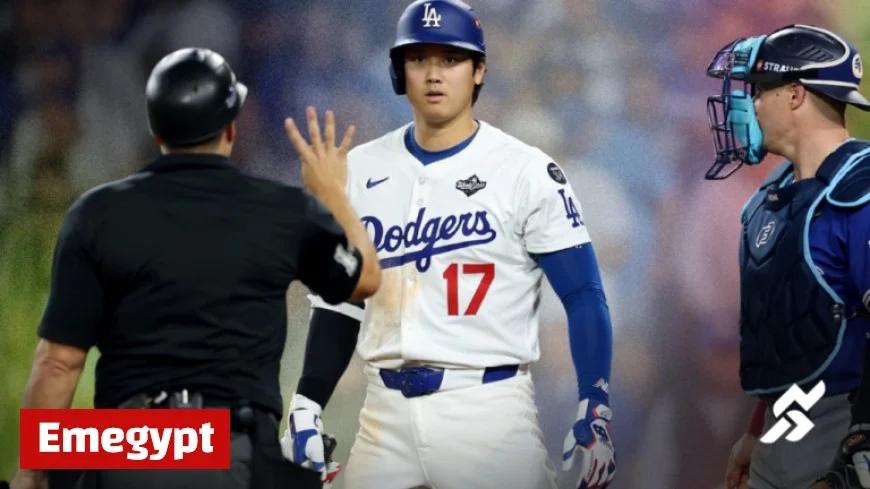MLB Urged to Abolish Intentional Walks Following Shohei Ohtani Incident

Major League Baseball (MLB) faces growing calls to abolish the intentional walk rule following a controversial incident involving superstar Shohei Ohtani. The Los Angeles Dodgers faced the Toronto Blue Jays in a memorable three-game World Series series at Dodger Stadium, marked by Ohtani being intentionally walked four times in a single 18-inning game.
Background of the Intentional Walk Rule
The no-pitch intentional walk rule was introduced prior to the 2017 season. This rule allows a manager to signal for an intentional walk without the need to throw four pitches outside the strike zone. Critics argue that this rule diminishes the integrity of the game by allowing managers to intentionally avoid pitching to top players.
The Shohei Ohtani Incident
In Game 3 of the World Series, Ohtani was the focus of multiple intentional walks by the Blue Jays. Paying as much as $1,371 for a ticket, fans expressed frustration at witnessing such tactics, as they came to see Ohtani showcase his batting skills.
Dodgers manager Dave Roberts weighed in, stating, “That’s fair. That’s a fair take,” in reference to the fans’ dissatisfaction with the situation. Ohtani’s immense talent is matched by his statistics; he had already hit two homers and two doubles before being walked multiple times, leading to an intriguing strategy by the Blue Jays.
Impact on the Game
This strategy raised questions about baseball’s fairness and excitement. Unlike other sports, where players still have opportunities to perform even under pressure, baseball allows for a complete removal of a top player from the equation. This tactic was further highlighted as Ohtani set a record by getting on base nine times in that game, enabling his teammates, including Mookie Betts and Freddie Freeman, to step up.
Critics Speak Out
Freddie Freeman commented on the intentional walks, noting, “One team’s got to win, and if that’s taking Shohei out, then that’s what they’ve got to do.” Yet, he emphasized that walking Ohtani could potentially set the stage for a more favorable situation for the Dodgers if they executed well. Nevertheless, Dodgers struggled, batting .201 during the World Series.
Despite having a leading player on base, the Dodgers could not capitalize. Overall, this development has led fans and players alike to question the necessity of the intentional walk rule. John Schneider, Blue Jays manager, mentioned that “[he’d] rather have had anyone else beat his team than Ohtani,” highlighting the strategic nuances teams must navigate today.
Historical Comparisons
- Barry Bonds was intentionally walked a record 668 times in his career, impacting games similarly.
- Ohtani has been walked intentionally 88 times in regular-season play, with a notable increase during postseason games.
- The highest single-season intentional walks were recorded by Ruth with 24 in 1924.
As fans continue to express their frustrations with the current intentional walk rule, the conversation around its relevance is intensifying. Perhaps it is time for MLB to reconsider whether such strategies are benefitting the game or detracting from the thrilling performances that fans pay to witness.
































